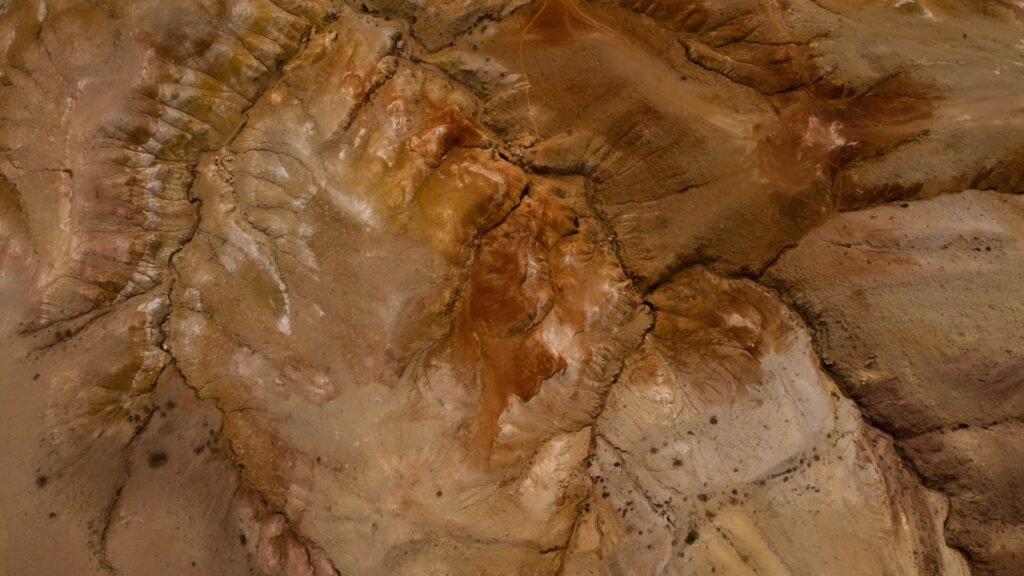It’s the cosmic riddle hiding beneath our feet: why does Earth’s crust crack, collide, and dive, while our neighbors wear a single, rigid shell? The mystery isn’t just academic – it’s the engine behind mountains, oceans, and the climate stability that let life flourish. Scientists are chasing the answer across lava fields, inside diamond-anvil presses, and through computer models that mimic a billion years in an afternoon. The picture coming into focus is both elegant and sobering: plate tectonics is not inevitable, but the outcome of a delicate balance of heat, water, rock chemistry, and planetary size. And so far, among the worlds we can study up close, only Earth seems to have hit that balance just right.
The Hidden Clues
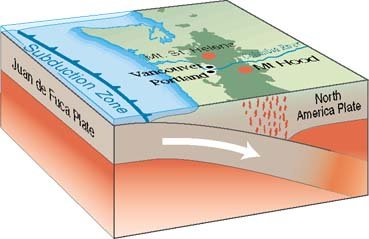
Start with subduction – the moment an oceanic plate grows dense enough to bend and sink back into the mantle. Without that first downward plunge, you don’t get a mobile, recycled surface; you get a planetary straightjacket. On Earth, subduction zones ring the Pacific like stitched seams, releasing earthquakes, feeding volcanoes, and powering the conveyor belt of crust creation and destruction. The key is density contrast: as basaltic ocean crust cools and absorbs water, it becomes heavy enough to dive beneath a lighter plate.
That sinking slab then drags the rest of the plate, keeping the system alive and moving. Everywhere we’ve looked beyond Earth, we see hints of deformation – but nothing that matches this self-sustaining, global engine.
From Ancient Tools to Modern Science
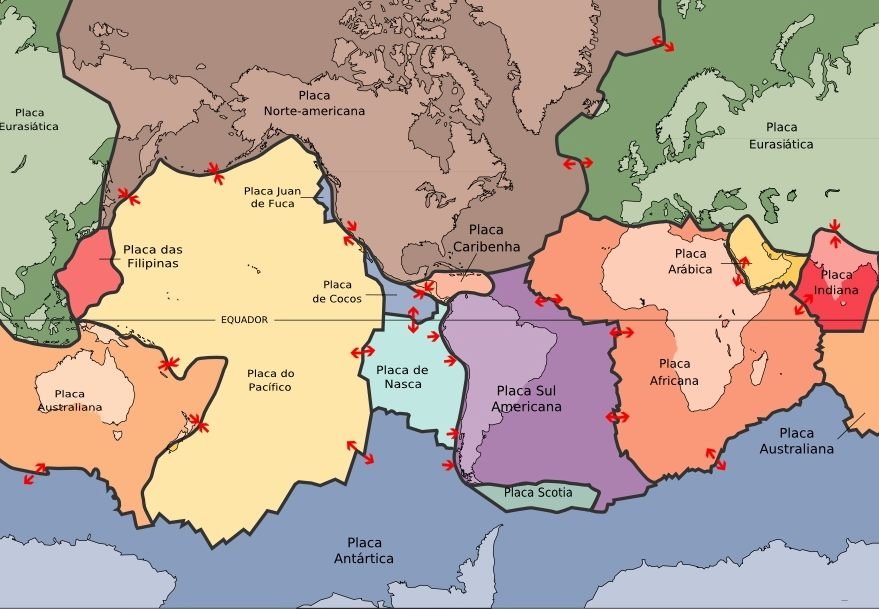
Our understanding started with simple compasses and seafloor maps that revealed magnetic stripes, frozen records of poles flipping while oceans spread. Today, satellites track plate motions down to millimeters per year, while seismometers outline slabs plunging thousands of miles into the mantle. Lab experiments squeeze rocks to crushing pressures, testing how minerals weaken when water slips into their crystal lattices. Numerical models now recreate Earth’s deep currents and show how small nudges – a wetter mantle, a slightly thinner crust – can flip a planet from a stagnant lid to a mobile mosaic.
The arc of discovery is humbling: what seemed like a universal rule may actually be a rare planetary lifestyle. And rarity has consequences for how we search for life elsewhere.
The Pressure Cooker Planet: Heat, Water, and Weakening the Lid

Think of Earth as a pressure cooker with a clever vent: internal heat rises, but plate boundaries let it escape without blowing the pot. That vented heat flow is possible because water sneaks into rocks, lowering their strength and helping faults get unstuck. Hydrated minerals soften the top of the mantle, making it easier for plates to bend into subduction zones, especially where old, cold ocean crust grows dense. Too little heat, and the lid stiffens; too much, and the lid becomes too soft to fracture, turning the planet into a sluggish single-plate world.
Earth sits in the narrow middle, with just enough internal furnace and just enough lubrication to crack, slide, and recycle. Water, in other words, isn’t just scenic – it’s tectonic fuel.
The Goldilocks Crust: Thickness, Buoyancy, and Subduction

Earth also benefits from having two kinds of crust: dense, basaltic ocean floor and buoyant, granitic continents. Oceanic plates cool and thicken as they age, tipping the buoyancy scales until they’re ready to plunge beneath neighboring plates. Continents, meanwhile, act like life jackets that refuse to sink, guiding subduction along margins and preserving a long geological memory above sea level. If all crust were as buoyant as continental rock, subduction would stall; if all crust were ultradense, a runaway collapse could erase land entirely. Gravity, plate size, and the strength of faults thread the needle to keep the system running without tearing the planet apart. That balance seems fragile – and nontrivial to copy elsewhere.
Venus, Mars, and the Moon: Near Misses and Red Herrings
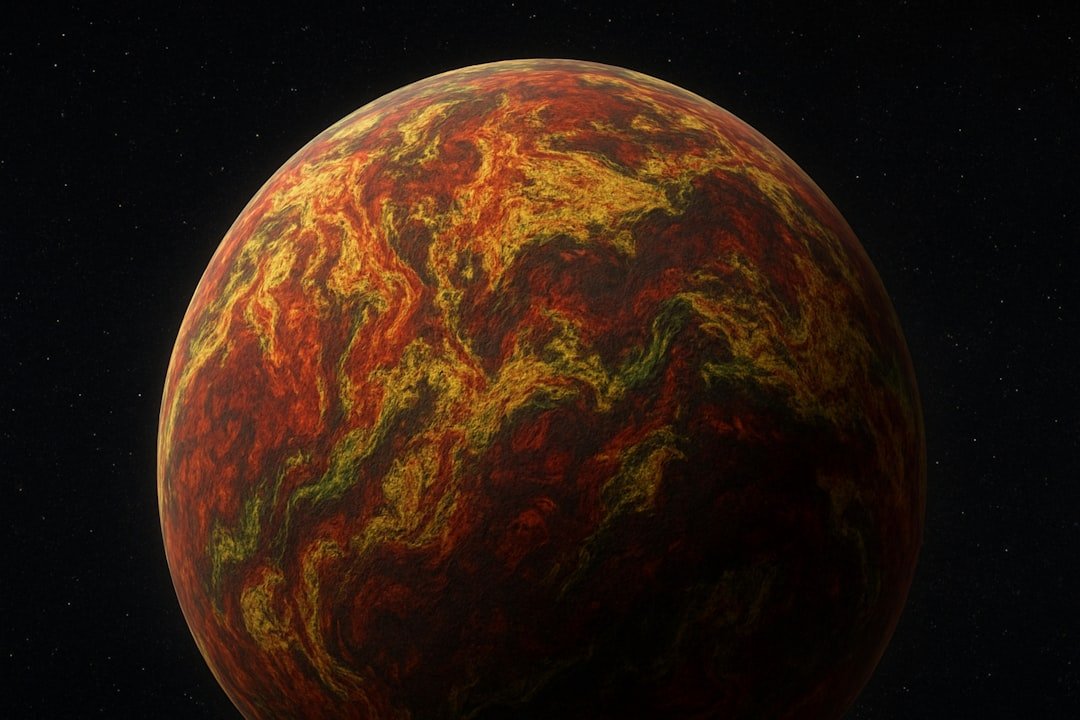
Venus is Earth’s twin in size but not in temperament: its blistering surface temperature and drier interior likely lock its outer shell into a stagnant lid. Radar images reveal tectonic-like blocks and fresh lava flows, hinting at activity, yet no clear evidence of global subduction belts has emerged. Mars tells a different story – small and cool, it froze early into a patchwork of giant volcanoes and rift scars but never achieved lasting plate recycling.
The Moon and Mercury carry contraction wrinkles, proof that they’re shrinking as they cool, not sliding plates around like puzzle pieces. Each neighbor offers a cautionary tale: size, heat, and water must align, and a slight miss can derail mobile tectonics. Earth’s uniqueness may be less about virtue and more about improbable luck.
Why It Matters

Plate tectonics is not just a geological parlor trick; it’s life support. By burying carbon in oceanic crust and belching it back out through volcanoes, tectonics stabilizes climate over million-year spans, buffering swings that could otherwise sterilize the planet. Mountain building grinds rock to nutrient-rich sediments, feeding rivers, soils, and eventually the oceans that cradle complex food webs. Subduction zones also generate the ores and geothermal gradients that power modern societies, from copper wiring to clean energy projects.
Even Earth’s magnetic field benefits indirectly, because plate tectonics helps the mantle shed heat, which in turn shapes core dynamics that sustain the dynamo. If we’re hunting for habitable worlds, the presence – or absence – of plate tectonics becomes a high-stakes clue.
Global Perspectives
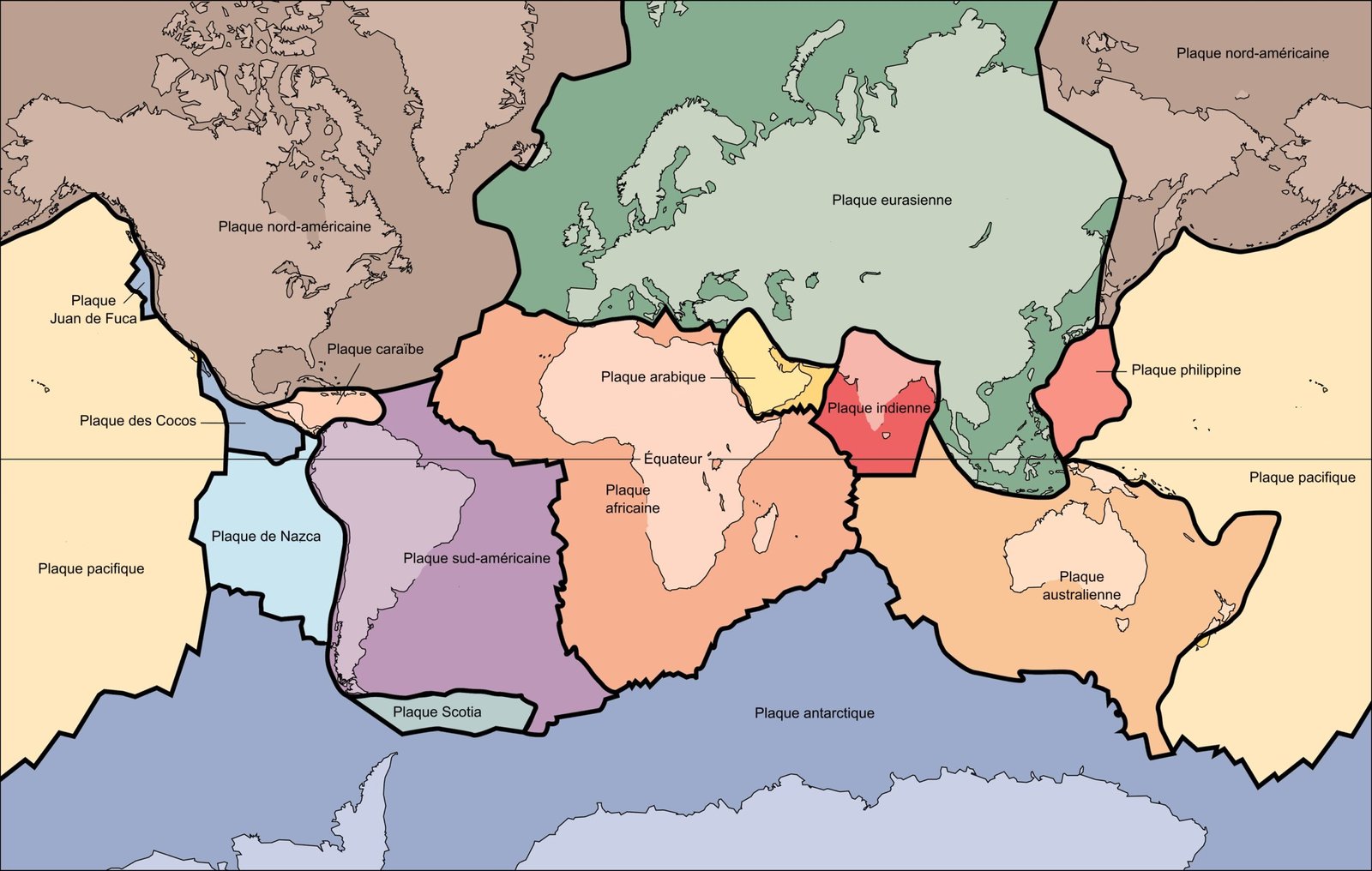
Geoscientists from Reykjavik to Tokyo read the planet with different instruments but a common language of faults, minerals, and seismic waves. Ocean drilling campaigns recover cores that capture the birth of ocean crust, while highland observatories watch mountain arcs grow grain by grain. In subduction hot spots like Chile and Indonesia, communities live with the daily reality of quakes and tsunamis, making tectonics both a scientific puzzle and a safety imperative.
Meanwhile, African Rift Valley towns straddle the seam of a continent slowly splitting, a reminder that plate boundaries don’t just mark maps – they shape futures. Global cooperation has turned tectonics into a shared enterprise, where data flows as freely as magma. That openness is helping tighten the feedback loop between basic research and public resilience.
The Future Landscape
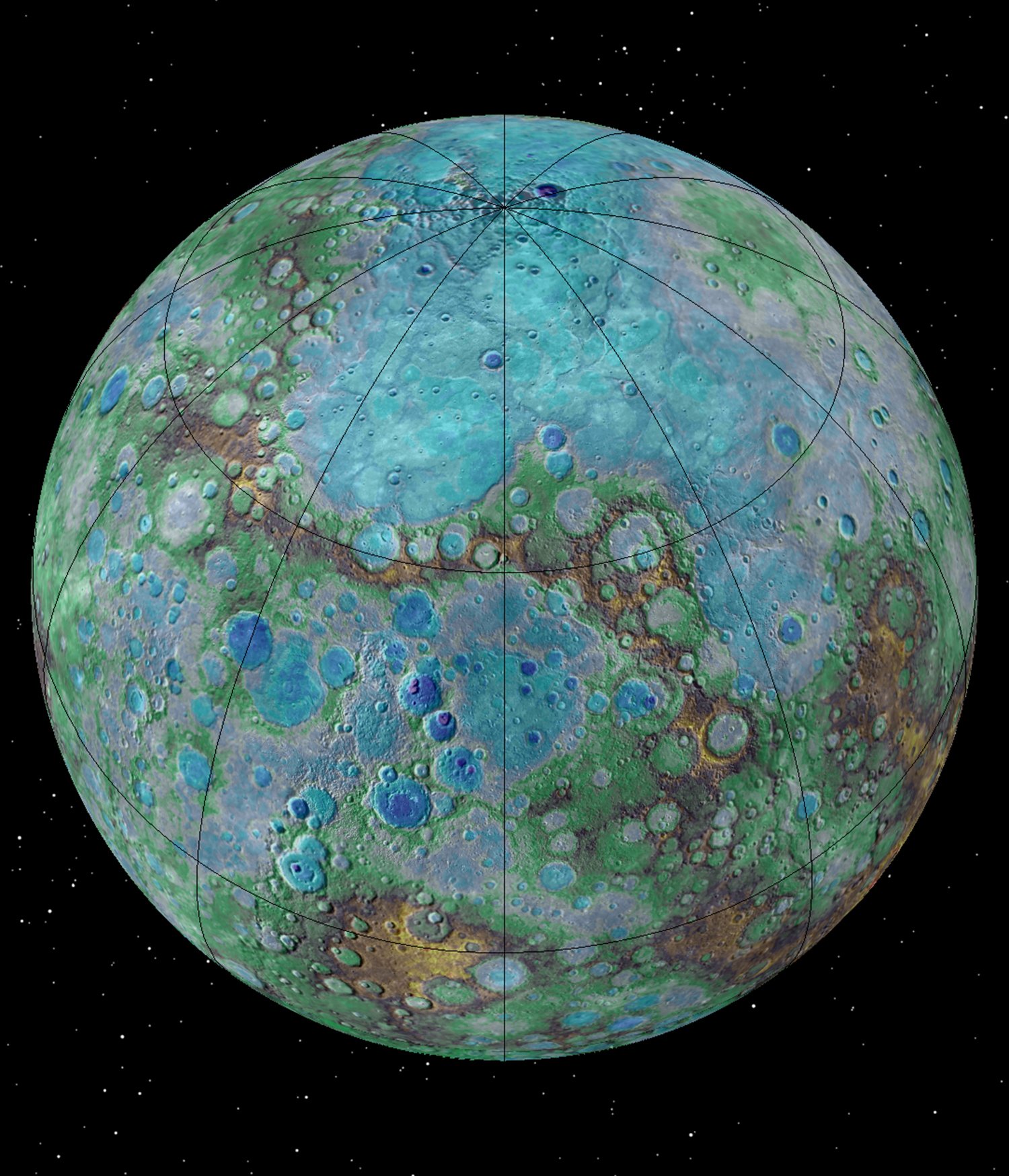
The next decade should deliver sharper answers, thanks to new missions and sharper tools. Spacecraft bound for Venus will map its surface in exquisite detail, testing whether local subduction-like motions exist and how often the planet resurfaces. On Earth, denser seismic arrays and fiber-optic sensing are revealing tiny tremors that show how faults weaken before big ruptures, refining our understanding of plate strength. Supercomputer models are now coupling atmosphere, ocean, and mantle, letting scientists track how tectonics and climate dance over deep time.
Exoplanet astronomers, armed with space telescopes, are probing atmospheres for chemical fingerprints of active recycling, such as long-term carbon balance. If we spot a world with a stable, temperate air over eons, plate tectonics may be the quiet engine behind it.
The Human Angle: What You Can Do

Engagement starts local: learn your region’s seismic hazards, practice evacuation routes, and support building codes that reflect real geology. Consider citizen science – low-cost sensors and smartphone apps can contribute tremor data that sharpen models and, in some cases, save lives. Encourage science education in schools and museums, where students can handle rocks, trace fault lines on maps, and see how plate motions shape the world they inherit. Back policies that fund Earth observation, ocean drilling, and planetary missions, because the story of plate tectonics is bigger than one discipline or one nation.
And when you look at a mountain range or a quiet beach, remember the engine humming below, trading crust for climate stability we all rely on. Curiosity is the first step; sustained support keeps the research moving.

Suhail Ahmed is a passionate digital professional and nature enthusiast with over 8 years of experience in content strategy, SEO, web development, and digital operations. Alongside his freelance journey, Suhail actively contributes to nature and wildlife platforms like Discover Wildlife, where he channels his curiosity for the planet into engaging, educational storytelling.
With a strong background in managing digital ecosystems — from ecommerce stores and WordPress websites to social media and automation — Suhail merges technical precision with creative insight. His content reflects a rare balance: SEO-friendly yet deeply human, data-informed yet emotionally resonant.
Driven by a love for discovery and storytelling, Suhail believes in using digital platforms to amplify causes that matter — especially those protecting Earth’s biodiversity and inspiring sustainable living. Whether he’s managing online projects or crafting wildlife content, his goal remains the same: to inform, inspire, and leave a positive digital footprint.

